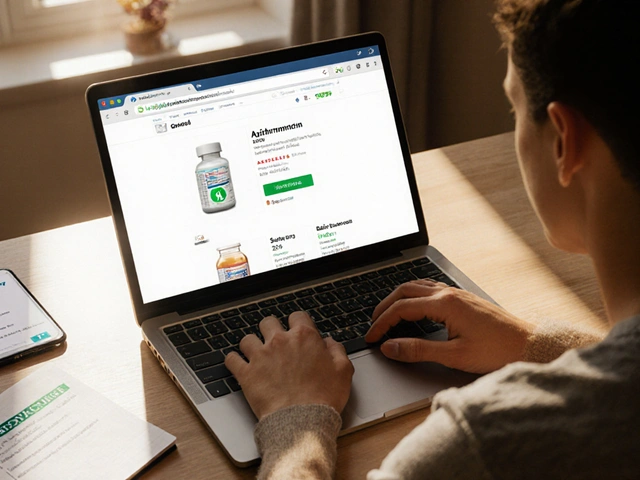Duloxetine: Uses, Side Effects, Dosage, and Practical Advice
Curious about duloxetine? You’re not alone. This popular medication helps tons of people manage health problems like depression, anxiety, and nerve pain. But what exactly does it do, and what should you know before trying it yourself?
First, duloxetine falls under the class of drugs called SNRIs (Serotonin-Norepinephrine Reuptake Inhibitors). Doctors often prescribe it for major depressive disorder, generalized anxiety disorder, chronic pain (like diabetic nerve pain), and even fibromyalgia. It works by boosting serotonin and norepinephrine in your brain—two chemicals that help regulate mood and pain signals.
What does this mean for you? If you’re struggling with ongoing sadness, anxiety, or stubborn body pain, duloxetine might ease those symptoms. Lots of folks notice better moods, standout relief from nerve pain, and sometimes more energy after a few weeks of use. Still, it’s not a magic fix, and results can vary from person to person.
Dosing is usually pretty simple. Most people start at a low dose, like 30 mg once daily, then adjust based on how they feel and what their doctor says. Taking it at the same time every day keeps levels steady. And don’t just stop suddenly—coming off duloxetine too fast can trigger withdrawal symptoms like headaches, nausea, or mood swings. Always talk to your healthcare provider before making changes.
Side effects? Definitely something to watch for. The most common are dry mouth, sleepiness, nausea, and sometimes dizziness. Some people notice sweating or a bit of constipation too. Usually, these go away as your body gets used to the medication. But if you suddenly feel super restless, confused, or notice unusual bruising, reach out to your doctor pronto.
Not everyone should take duloxetine. If you have serious liver or kidney trouble, are pregnant, or take certain other meds (like MAO inhibitors), it could cause problems. Always give your healthcare provider the full rundown before starting.
Thinking about buying duloxetine online? Stick with licensed pharmacies and check for real customer reviews. If the price seems too cheap or the pharmacy doesn’t require a prescription, that’s a big red flag. Only trust sites that ask for a legit prescription and provide pharmacist guidance. Your health and safety matter.
Everybody’s experience with duloxetine is different, and that’s totally normal. Stay in touch with your doctor, keep tabs on how you feel, and don’t hesitate to ask questions. Ready to dig deeper? Check out our latest posts below for detailed guides on meds, safe buying tips, alternatives, and more honest, real-world advice tailored for you.
Top 10 Gabapentin Alternatives for Chronic Nerve Pain: Efficacy Comparison 2025
Struggling with gabapentin side effects or looking for something that works better? Check out the latest evidence-based breakdown of the top 10 gabapentin alternatives for chronic nerve pain. This article offers a head-to-head efficacy chart for options like pregabalin, duloxetine, and amitriptyline, so you can confidently discuss choices with your doctor. Get real tips and find trustworthy resources for your next step in managing pain. Practical, direct, and packed with useful knowledge.
View More




